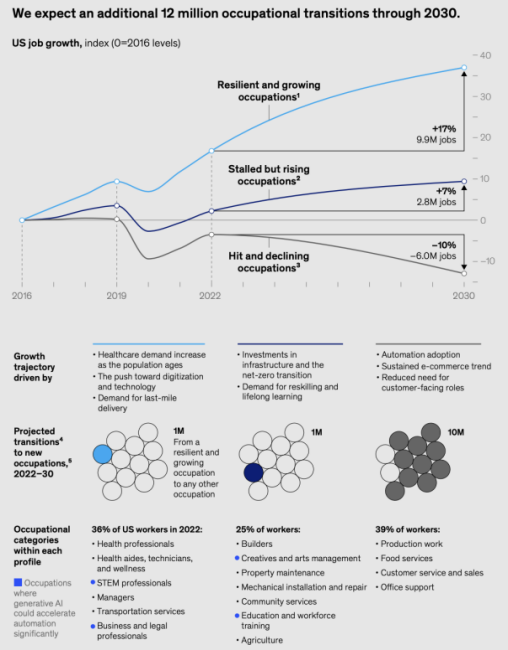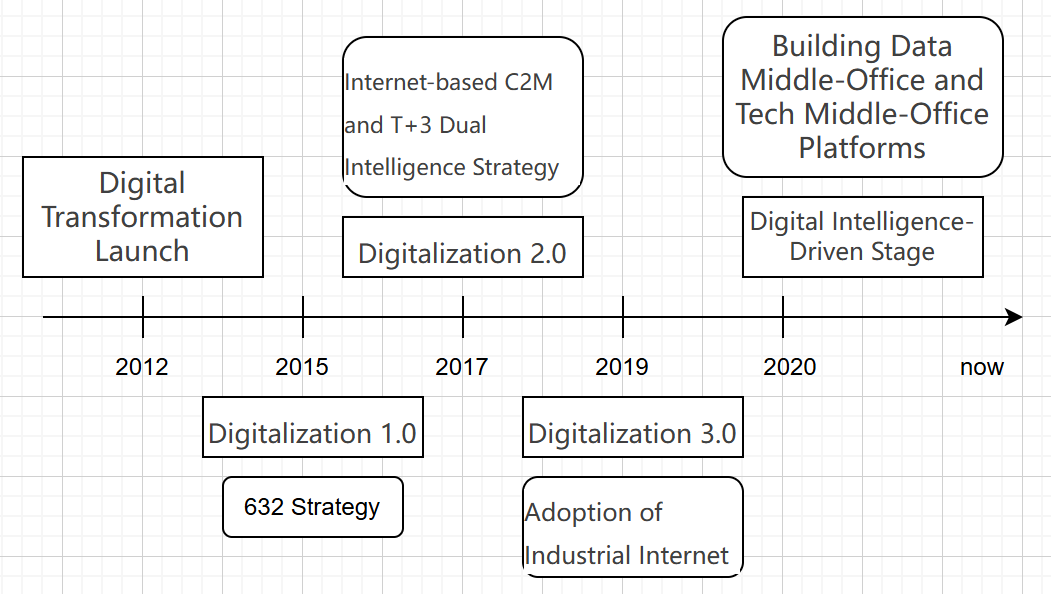

Volume 230
Published on October 2025Volume title: Proceedings of ICFTBA 2025 Symposium: Strategic Human Capital Management in the Era of AI
Social media marketing has received widespread attention, but enterprises still have deficiencies in their online marketing strategies. Taking Three Squirrels as an example, this essay discusses the implementation path of the food content marketing system under "live streaming + short videos". Three Squirrels found in practice that the quality innovation of short videos and the repurchase rate were slightly insufficient, so it proposed optimization suggestions such as emphasizing the original aroma of nuts in close-ups, and building live streaming scenarios for watching TV and working. At the same time, it extracted the empowerment of its IP image to short videos and factory traceability live streaming to build trust. This essay analyzes the current social media operation mode of food brands and their existing problems. Based on this, the following suggestions are proposed: expand the marketing group and enrich marketing methods, for example, innovating new product categories by incorporating the concept of advancing with the times, enhance brand awareness through celebrity effect, and improve conversion.

 View pdf
View pdf


The increasing demand for logistics services driven by global trade and e-commerce has raised serious environmental concerns due to the heavy reliance on fossil fuels and high greenhouse gas emissions in traditional logistics. In response, green logistics has emerged as a sustainable alternative that integrates environmental considerations into logistics operations. This paper investigates the development status and optimization strategies of green logistics, focusing on the main challenges in its implementation and how these can be addressed through technological innovation and policy support. Through literature review and case analysis, the study finds that while developed countries have made notable progress in adopting green logistics practices, challenges such as technological limitations, high costs, and weak regulatory frameworks continue to hinder widespread implementation—particularly in developing economies like China. The paper concludes that overcoming these challenges requires coordinated efforts in technology development, supply chain management, and supportive policy-making. The findings provide both theoretical and practical insights for businesses and policymakers, contributing to the broader goal of sustainable development in the logistics industry.

 View pdf
View pdf



This paper examines how generative AI is influencing the future of work from both historical and current viewpoints. By reviewing past technological disruptions like electrification and the computer revolution, we demonstrate how innovation often causes both job losses and job creation. Generative AI differs from previous changes because it not only automates physical tasks but also handles complex, cognitive, and even creative work. The paper explores which types of jobs are most vulnerable, which new roles are emerging, and how companies, workers, and policymakers should respond. Through case studies in the investment advisory sector, we show how AI tools such as FinChat and Wealthfront are transforming job functions. The paper concludes with recommendations on preparing for a rapidly changing labor market, emphasizing the importance of human skills, training, and inclusive policies.

 View pdf
View pdf


Against the backdrop of the automotive industry's upgrading characterized by electrification, intelligence, and digitalization, emotional marketing has received extensive attention in enhancing brand recognition and user stickiness. However, in practice, there are still problems such as strategy convergence, positioning deviation, and inconsistent brand tone, which affect its communication efficiency and the construction of user loyalty. This article starts from the consumer psychological mechanism, analyzes the emotional strategy practices of luxury car and new energy brands, focuses on the emotional paths of brands such as Audi, BYD, and Tesla, and reveals typical predicaments in the current industry such as the thematization of emotional narratives, the mismatching of audience emotions, and the drift of brand images. Research has found that successful emotional marketing should possess three core characteristics: clear emotional anchor points, precise user profiling, and consistent brand tone. Based on this, this paper proposes suggestions such as building an emotional motif asset library, introducing emotional portrait modeling, and optimizing the tonality protection mechanism, aiming to help automotive brands achieve a closed-loop upgrade from emotional expression to emotional experience and then to emotional attachment, and enhance the systematicness and sustainability of brand emotional assets.

 View pdf
View pdf



Against the backdrop of a rapidly expanding digital economy, digital transformation has become an imperative for traditional enterprises seeking to enhance their competitiveness and ensure sustainable development. Employing literature review and case study methodologies, this research investigates the driving forces, core pathways, and challenges inherent to this transformation. Using the Midea Group as a primary case, the findings indicate that a successful transformation requires a clear strategic vision, a systematic overhaul of the entire value chain, a focus on users’ central value creation, and supportive organizational. Furthermore, policy support plays a crucial role in mitigating risks and optimizing resource allocation. This study not only enriches the theoretical framework of digital transformation but also offers a practical, transferable pathway for other traditional enterprises.

 View pdf
View pdf


With the rise of the platform economy, local life service platforms are playing an increasingly crucial role as the infrastructure to link urban residents to localized consumption everywhere. Current studies center primarily on the platform business models and the technology trajectory of platform firms. Nevertheless, cross-national comparisons controlling for how the institutional environment conditions the operational logic of platforms remain rather underdeveloped. By applying the comparative case study research method, this paper selects Meituan in China and Uber Eats in the United States as comparative objects, conducting a systematic study of the institutional adaptation models of both in the facets of merchant collaboration, labor management, and user operation. This study documents the platform governance-oriented and market rules-dominated operational models adopted by China and the United States, respectively, and this difference is shaped by the institutional nesting of data governance, labor law systems, and regulatory logics in each jurisdiction. Uber Eats is an example of dynamic and distributed resource allocation mechanisms, while Meituan demonstrates a stronger capacity for collaborative integration. Therefore, this paper makes the case that the institutional dimension not only influences how platforms are embedded locally, but it also emerges as a crucial factor in projects involving the expansion of platforms globally.

 View pdf
View pdf


The value transformation of geographic scarcity marketing has received much attention in recent years; however, the internal mechanism of its impact on consumer purchase intention through differentiated emotional pathways still lacks systematic testing. This article aims to explore the direct impact of differentiated advertising appeals endorsed by geographical scarcity on consumer purchase intention. Specifically, the effects of egoistic appeals centered on stimulating a sense of showing off and altruistic appeals centered on evoking a sense of prosocial warmth were analyzed. Through controlled experiments, it was found that self-interested flaunting demands can significantly increase purchase intention, while altruistic prosocial demands can also significantly drive purchase intention. Based on this, this study suggests that companies design corresponding appeal strategies directly based on target market preferences. For identity-oriented consumers, conspicuous expressions are used, while for public welfare-oriented consumers, pro-social narratives are strengthened. Accurately targeting the target audience to maximize marketing efficiency. Moreover, the authenticity and uniqueness of products endowed by geographical scarcity effectively enhance the credibility and appeal of advertising appeals, providing an important theoretical basis and practical guidance for enterprises to build brand differentiation advantages and achieve sustainable development.

 View pdf
View pdf


With the rapid development of the platform economy, the power imbalance between platforms and participants has become increasingly prominent. The bargaining power of a vast number of workers and merchants has been significantly weakened, a phenomenon that threatens market fairness and social stability. This paper focuses on the mechanisms behind the erosion of bargaining power and its rightful attribution within the platform economy, concentrating on groups such as platform workers (e.g., delivery riders, ride-hailing drivers) and merchants. Utilizing a literature review to analyze relevant theories, combined with case studies of typical platform enterprises and questionnaire surveys collecting data from workers and merchants, this research employs data primarily sourced from publicly available platform rule texts, industry reports, and field survey questionnaires targeting workers and merchants. It aims to reveal the pathways through which bargaining power is diminished and its impacts, while exploring solutions for its reasonable restoration.

 View pdf
View pdf


China’s rapidly aging population has placed an unprecedent strain on the labor market and pension system. This paper empirically investigates the causal effects of a delayed retirement policy implemented in early 2022 on the labor market for youth and middle-age worker. Using county-level panel data of Jiangsu province in China from 2018 to 2024 for Jiangsu province, the treatment group, and Zhejiang province, the control group, we discover obvious policy trade-offs. We find that within three years of implementation, middle-aged employment rate in Jiangsu province increased, while youth employment rate decreased. The positive effects on the middle-age were stronger in cities with higher aging rates and heavy industry experience. Whereas for youth, unemployment effects were concentrated in sectors of low-turnover. In addition to this result, were discovered that firm’s retention of middle-aged workers was reinforced rather than being reduced, causing a set of trade-offs. These results provide policy implications to contribute to the stability and development of the entire labour market.

 View pdf
View pdf


In 1993, Metallgesellschaft Refining and Marketing (MGRM), the U.S. subsidiary of Metallgesellschaft AG (MG)—a century-old industrial group—incurred huge losses due to the failure of its hedging strategy. This not only caused a massive liquidity gap for MGRM itself but also pushed the parent company MG to the brink of bankruptcy, making it a landmark negative case in corporate derivative risk management in global financial history. At that time, as a diversified European industrial giant, MG had profound influence in the commodity trading market, and its crisis once triggered concerns about systemic risks. This paper conducts an in-depth analysis of the hedging failure case of Metallgesellschaft (MG) in 1993. Focusing on the core of MG’s hedging failure incident, this paper centers on the operational details and risk transmission path of MGRM, and deeply explores the root causes of the failure. Through a comprehensive analysis of factors such as the rolling hedging strategy, basis risk, financial risk, and market changes, the fundamental reasons for MG’s hedging failure are revealed. The study finds that the essence of MG’s failure lies in the "mismatch between static risk assumptions and dynamic market changes". This paper aims to provide a reference for enterprises in hedging practice and help avoid similar risk incidents. Its lessons have important reference value for enterprises to optimize the use of derivatives and improve risk management systems.

 View pdf
View pdf




